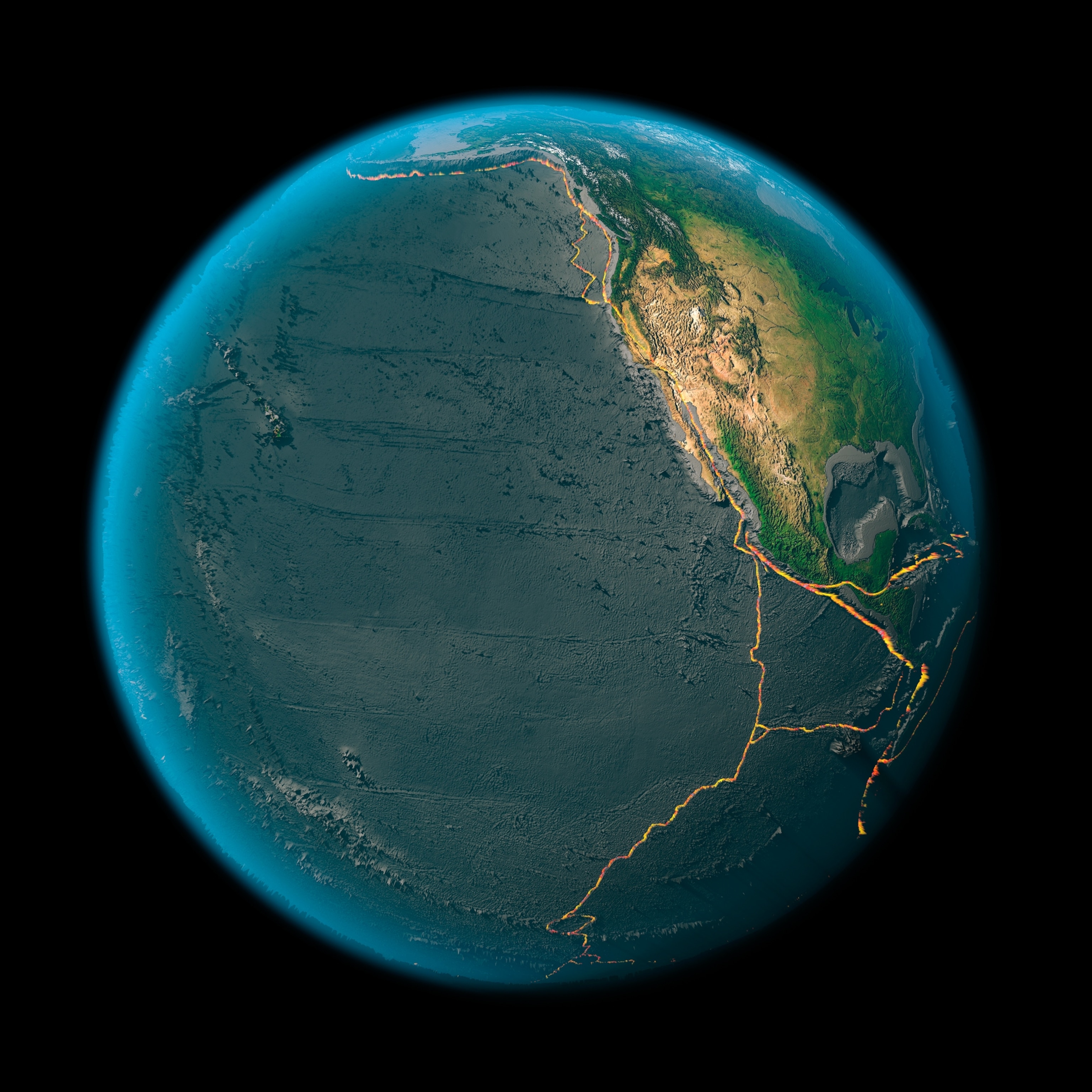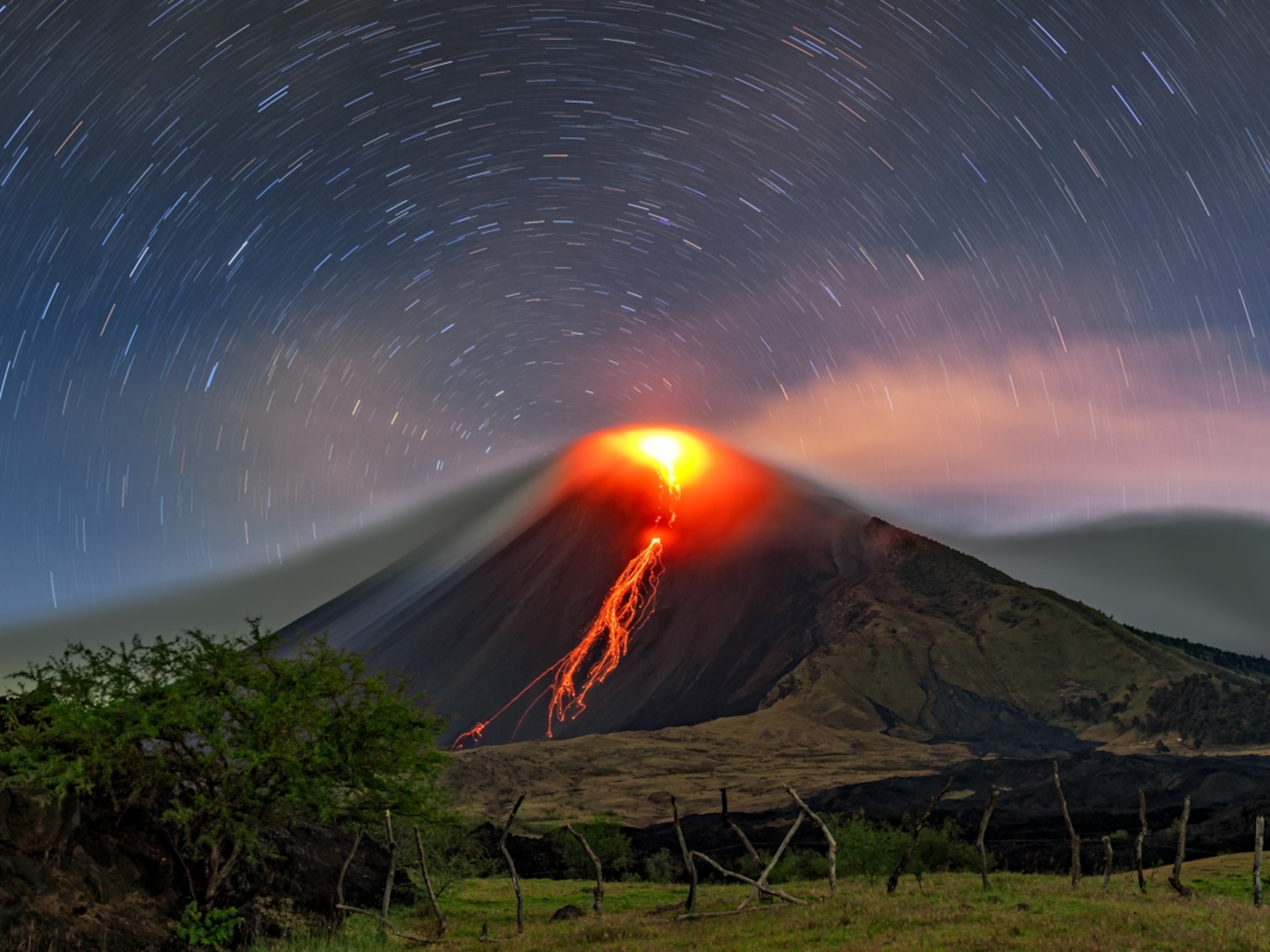
First Day of Spring Facts: Is It Arriving Earlier?
Snow melting, flowers blooming earlier in U.S., research shows.
It may not feel like it in the chilly United States, but it's the first day of spring in the Northern Hemisphere.
The season officially begins at 12:57 p.m. ET on March 20—a precise and fixed point in time defined as when the center of the sun passes directly over the Equator. (See "Vernal Equinox Pictures: First-Day-of-Spring Celebrations.")
But biological signs of spring's arrival are a different science, defined by the timing of events—such as the first appearance of flowers—that change from year to year and place to place.
According to a long-term research project done in Colorado's Rocky Mountains, for instance spring in that region now begins, on average, about three weeks earlier than it did in the 1970s.
The project measures how the timing of biological events are shifting under the influence of climate change. (Related: "Earliest Blooms Recorded in U.S. Due to Global Warming.")
New research shows that alpine snow in the Rockies now melts earlier in the year than it did when the project started 39 years ago, and begins to pile up later in the fall—allowing flowers to pop sooner, peak earlier, and last longer.
"Those things all add up and start cascading through the community and having bigger effects on the ecosystem," Paul CaraDonna, a graduate student in ecology and evolutionary biology at the University of Arizona in Tucson, and a co-author of a new study on the subject, published March 17 in the Proceedings of the National Academy of Sciences.
Ongoing research will help answer questions about how these changes might affect plants and animals.
"There are more species responding in terms of changing their [timing] than was previously thought," noted co-author Amy Iler, a postdoc research associate at the University of Maryland, College Park. "I think that finding should be likely to translate to other ecosystems."
CaraDonna added that biological spring is not completely different from astronomical spring: The lengthening of days, which happens in spring, for example, is a key trigger for plants to flower.
Don't Be Fooled
On the spring equinox, the day's length is not exactly equal to the night's length, despite the oft-repeated myth.
Days and nights of equal length always fall before the spring equinox and after the autumnal, or fall, equinox, Geoff Chester, public affairs officer with the U.S. Naval Observatory in Washington, D.C., said in 2006.
"Exactly when it happens depends on where you are located on the surface of the Earth," he said. (Video: Equinox Balances Day and Night.)
By the time the center of the sun passes over the Equator—the official definition of equinox—the day will be slightly longer than the night everywhere on Earth. The difference is a matter of geometry and the atmosphere.
Geometry and Atmosphere of the Spring Equinox
If the sun were just a tiny point of light and Earth had no atmosphere, then day and night would each be exactly 12 hours long on a spring equinox day.
But to begin with, as seen from Earth, the sun is nearly as large as a little fingertip held at arm's length, or half a degree wide.
Sunrise is defined as the moment the top edge of the sun appears to peek over the horizon. Sunset is when the very last bit of the sun appears to dip below the horizon. (See National Geographic's pictures of spring.)
The spring equinox, however, occurs when the center of the sun crosses the Equator.
Plus, Earth's atmosphere bends the sunlight when it's close to the horizon, so the golden orb appears a little higher in the sky than it really is.
As a result, the sun appears to be above the horizon a few minutes earlier than it really is.
Therefore, on the spring equinox, the daylight hours are actually longer than the length of time between when the sun crosses the horizon at dawn and when the sun crosses the horizon at sunset.
"Those factors all combine to make the day of the equinox not the day when we have 12 hours of light and darkness," Chester said.
Spring Equinox Special Nonetheless
The length of day and night may not be equal on the spring equinox, but that doesn't make the first day of spring any less special.
The fall and spring equinoxes, for starters, are the only two times during the year when the sun rises due east and sets due west, according to Alan MacRobert, a senior editor with Sky & Telescope magazine.
The equinoxes are also the only days of the year when a person standing on the Equator can see the sun passing directly overhead.
On the Northern Hemisphere's vernal equinox day, a person at the North Pole would see the sun skimming across the horizon, beginning six months of uninterrupted daylight.
A person at the South Pole would also see the sun skim the horizon, but it would signal the start of six months of darkness.
Pope Shuffles Spring Equinox
Another equinox oddity: A rule of the calendar keeps spring almost always arriving on March 20 or 21—but sometimes on the 19th—MacRobert said in 2004.
In 1582 Pope Gregory XIII established the Gregorian calendar, which most of the world now observes, to account for an equinox inconvenience.
If he hadn't established the new calendar, every 128 years the equinox would have come a full calendar day earlier—eventually putting Easter in chilly midwinter.
"It begins with the fact that there is not an exact number of days in a year," MacRobert said.
Before the pope's intervention, the Romans and much of the European world marked time with the Julian calendar.
Instituted by Julius Caesar, the old calendar counted exactly 365.25 days per year, averaged over a four-year cycle. Every four years a leap day helped keep things on track.
It turns out, however, that there are 365.24219 days in an astronomical "tropical" year—defined as the time it takes the sun, as seen from Earth, to make one complete circuit of the sky.
Using the Julian calendar, the fall and spring equinoxes and the seasons were arriving 11 minutes earlier each year. By 1500 the spring equinox had fallen back to March 11.
To fix the problem, the pope decreed that most century years (such as 1700, 1800, and 1900) would not be leap years. But century years divisible by 400, like 2000, would be leap years.
Under the Gregorian calendar, the year is 365.2425 days long. "That gets close enough to the true fraction that the seasons don't drift," MacRobert said.
With an average duration of 365.2425 days, Gregorian years are now only 27 seconds longer than the length of the tropical year—an error which will allow the gain of one day over a period of about 3,200 years.
Nowadays, according to the U.S. Naval Observatory's Chester, equinoxes migrate through a period that occurs about six hours later from calendar year to calendar year, due to the leap year cycle.
The system resets every leap year, slipping a little bit backward until a non-leap century year leap nudges the equinoxes forward in time once again.








